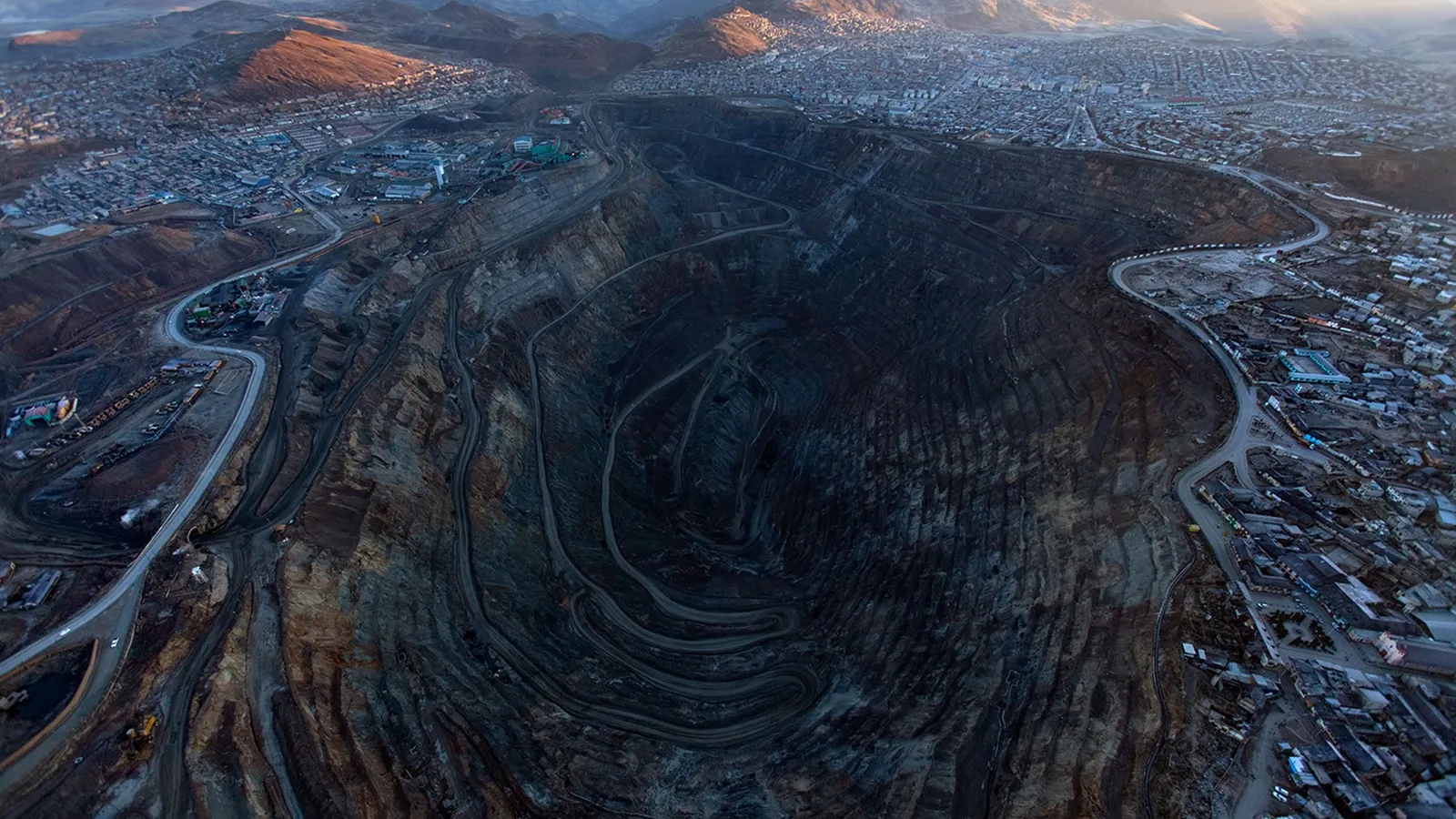
The Peruvian government has proposed three legal initiatives that, in their aim to speed up the issuance of certifications for mining and hydrocarbon extractive projects, could dangerously reduce the environmental barrier, according to the CooperAcción group.
“In its 34th half-yearly report, the Observatory of Mining Conflicts in Peru has identified a package of legal instruments that have been published since 2023 to eliminate the so-called administrative obstacles and maximize the growth of the extractive sector, renouncing advances in environmental matters that cost years of struggle in the past,” the group said.
It should be noted that the Minister of the Environment, Juan Carlos Castro, announced that the Government will present a new regulation in favor of the mining industry during the presidential message for Fiestas Patrias, an announcement made during the XV National Mining Congress held in the city of Trujillo.
“The recent announcement by Grupo México to restart work at the Tía María mine in Arequipa from July 1, 2024, is nothing more than the corollary of a long chain of environmental management violations promoted by the Executive and, specifically, the Ministry of Energy and Mines (Minem), to “unblock” the sector’s projects and leave the surrounding population and the ecosystems where they reside unprotected,” CooperAcción points out.
CooperAcción: environmental regulation at stake
The first of these changes is already underway. It is Supreme Decree No. 004-2024-MINAM, which came into force on May 4 and modifies the Regulations of Law No. 27446, of the National Environmental Impact Assessment System.
“Automatic approval of environmental permits and limited citizen participation, among other aspects, are the main factors at play,” he said in a press release.
Ministerial Resolution No. 126-2024-MINAM is also being prepared, through a draft supreme decree that seeks to strip Senace – a public and specialized body in charge of evaluating EIAs – of the power to define which investment projects would be prioritized to use the so-called “articulation scheme.”
The agenda is completed with Ministerial Resolution No. 484-2023-MINEM/DM, which will once again change the Mine Closure Regulations (Supreme Decree No. 033-2005-EM) to reinstate the possibility of submitting Detailed Environmental Plans (PAD).
The latter is one of the most serious changes. PADs are a figure created in 2019 to adjust negative environmental impacts that do not undergo environmental certification. To this extent, PADs would incorporate these identified impacts that do not have their respective EIA.
“But this series of modifications or new anti-environmental package has been in place since 2023, when Supreme Decree No. 006-2023-MINAM was published, which suspends the Single Procedure for the Environmental Certification Process (PUPCA) and reduces predictability in the certification processes associated with standardization for the classification of projects, citizen participation plan, among others,” he explained.
The data
- The presentation of the 34th Observatory of Mining Conflicts in Peru will feature the participation of the leader of the Tambo Valley, Miguel Meza; Congresswoman Ruth Luque; prominent experts José De Echave, researcher at CooperAcción; Mirtha Villanueva, director of Grufides; and David Velasco, director of Fedepaz.
- The event will take place on Thursday, July 18, at 9 am at the Meliá Hotel, Av. Salaverry 2599, San Isidro.
Source: Larepublica
Alia is a professional author and journalist, working at 247 news agency. She writes on various topics from economy news to general interest pieces, providing readers with relevant and informative content. With years of experience, she brings a unique perspective and in-depth analysis to her work.











